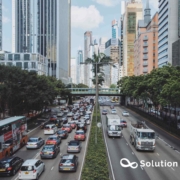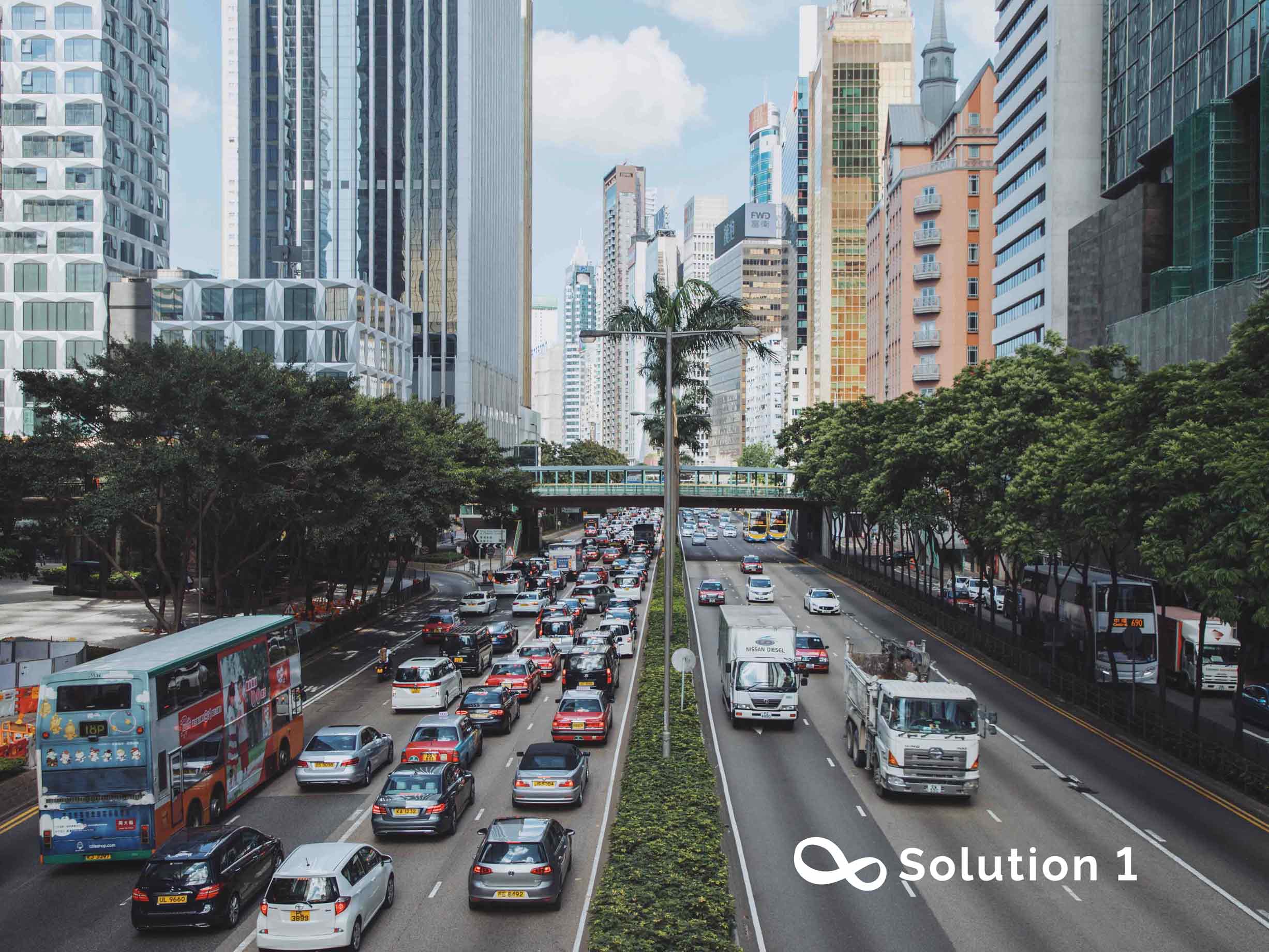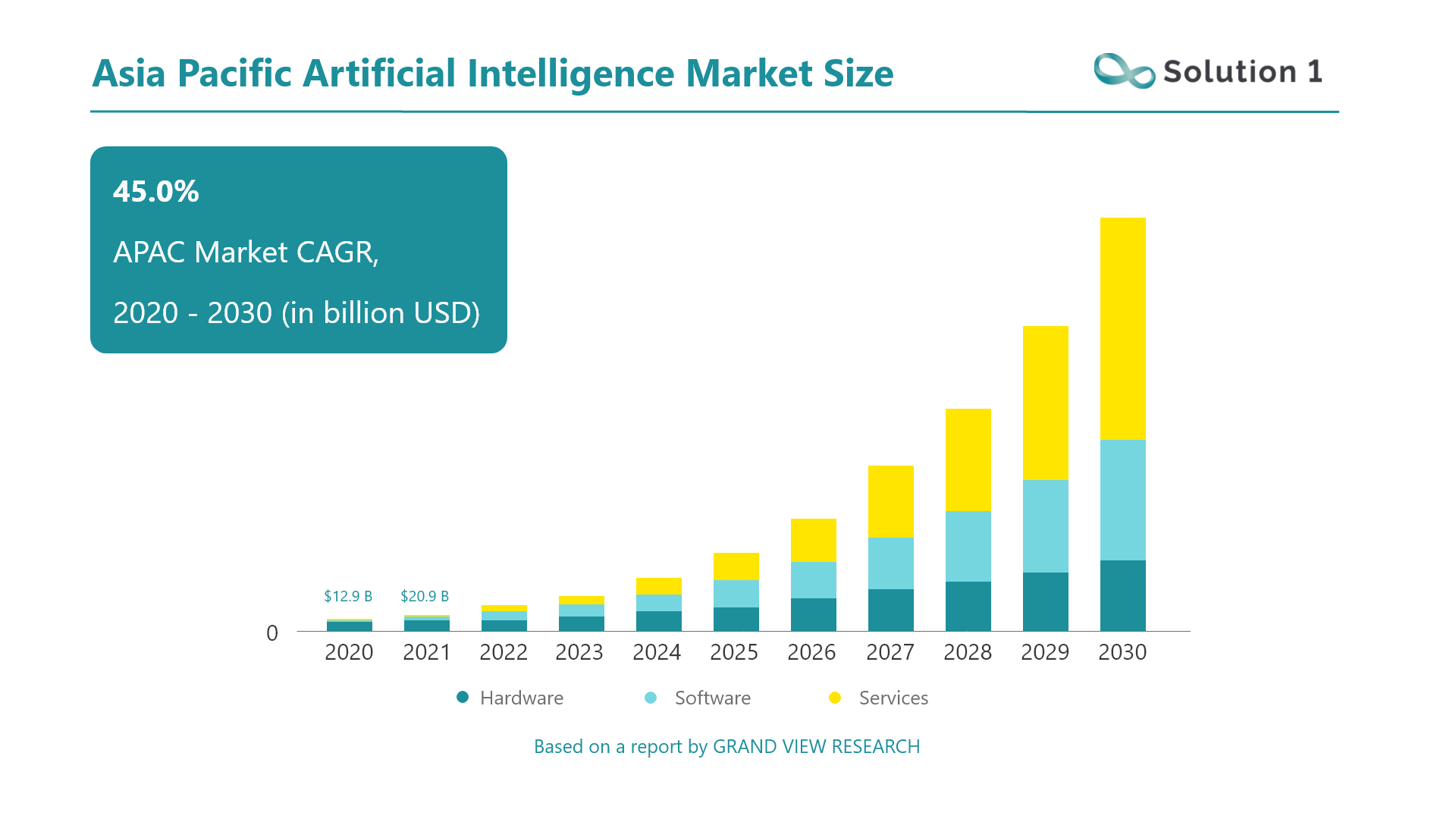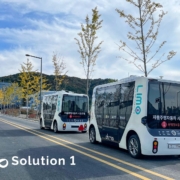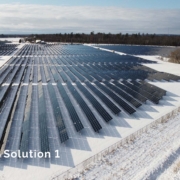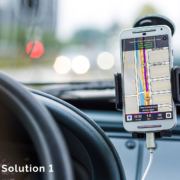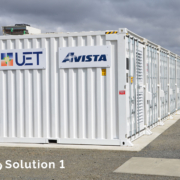Artificial Intelligence is profoundly impacting the ways in which people across the globe interact.
- Recent advances in monitoring technology and sensor applications have broadened the landscape of city management operations.
A survey reported that, in 2050, the global urban population is expected to attain 66% to 70% correspondingly. This upsurge in urbanization would have a severe impact on cities’ management, security, and the environment. To effectively manage the meteoric growth in urbanization, several countries have projected the idea of smart cities to efficiently handle the resources and enhance energy utilization.
The IoT is the most important component of the smart city applications that are accountable for producing a large number of data. In the existence of the amount of complex and big data, it is complex to accurately determine the most effective and accurate performances.
Nowadays optimum analyses of big data could be executed by innovative methods such as artificial intelligence for reaching an optimum decision. Artificial intelligence has been recognized as a promising technology, to enable applications such as traffic flow and congestion control, power dispatching, and autonomous driving.
“The artificial intelligence market valuation is slated to increase from USD 387.45 billion in 2022 to USD 1,394.30 billion by 2029, expanding at a CAGR of 20.1% during the forecast duration (2022-2029). Growing investment in AI technology by enterprises of all sizes across industries is expected to garner momentum in the next several years.”
The continuous and innovative developments related to artificial intelligence during the last decade have had an economic, educational, industrial, political, and social impact. It is likely that this trend will continue in the upcoming years. As happened in previous industrial revolutions, the development of artificial intelligence will generate a paradigm shift.
- The trends are happening to revolutionize automotive, traffic, and energy.
Today’s power grid is composed of different kinds of distributed energy resources such as solar panels, wind farms, and batteries. Distributed energy resources often come with data interfaces and IoT sensors that generate large amounts of data. Besides monitoring device status, those data can be utilized to improve system efficiency and generate additional values.
Artificial intelligence and machine learning algorithms have improved dramatically in the past decade and have proven to be able to solve the previous problems, which has been a challenge in the traditional methods, such as how to detect faults that are early enough for system operators to act and how to optimize the performance of an interconnected power system to achieve higher efficiency.
The accelerated growth of the population and number of vehicles in the cities added to the technological limitations of traffic control signs have made vehicular traffic one of the problems of modern life.
Using big data information and communication technology, intelligent transportation systems can provide real-time road analysis and more efficient traffic control, and traffic predictions. The purpose of traffic forecasting is to predict future traffic conditions on a transportation network based on historical observations.
This data can be helpful in Intelligent Transportation System applications such as traffic congestion control and traffic light control, it can calculate the likelihood of congestion on the corresponding road segment and prepare for it in advance.
Artificial intelligence has been recognized as a promising technology in Vehicle-To-Everything networks, to enable applications like traffic flow, congestion control, localization, platoon management, and autonomous driving. For these systems to be truly autonomous, intelligent vehicles can acquire, process, and communicate amounts of data generated by onboard sensors.
Artificial intelligence, in combination with machine learning, can be designed to extract features from input data, and support complex Vehicle-To-Everything tasks such as object detection and recognition, data compression, as well as tracking, and trajectory prediction.
The ultimate goal of all intelligent achievements is to make human life more convenient and comfortable, the same is true of artificial intelligence technology, which should adhere to the people-oriented construction concept.

